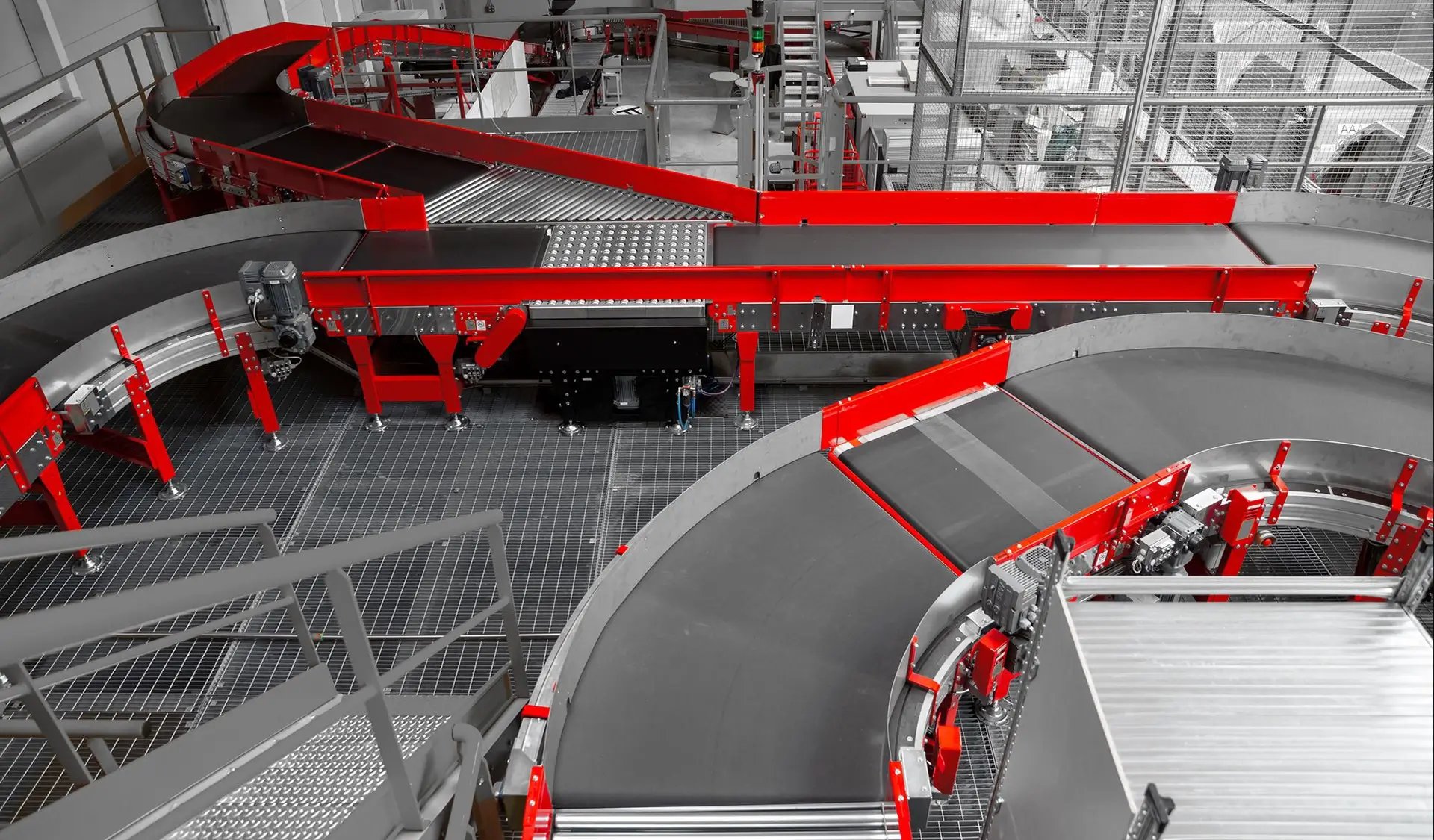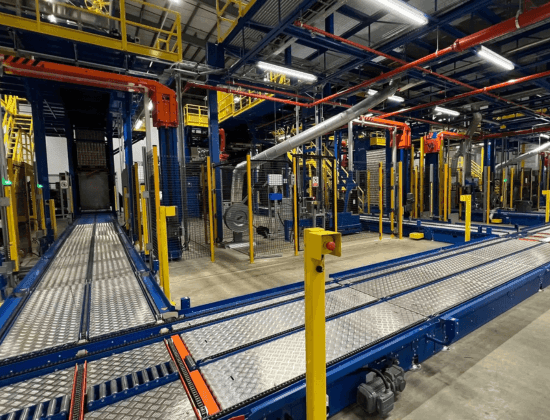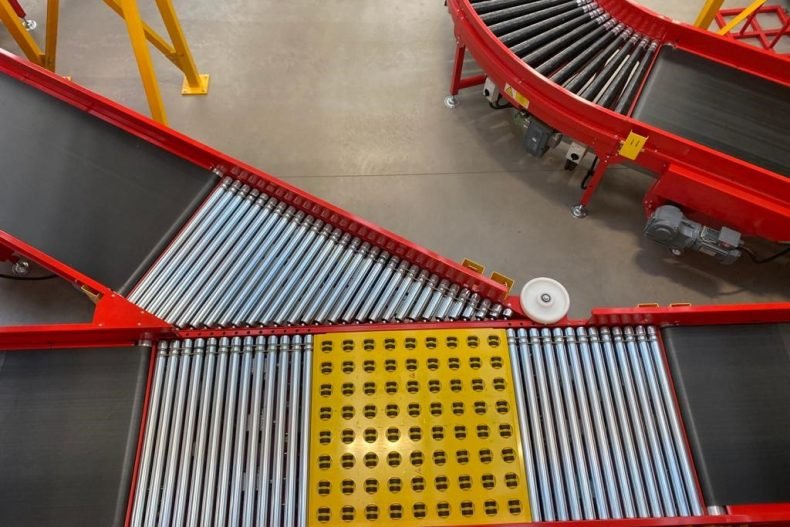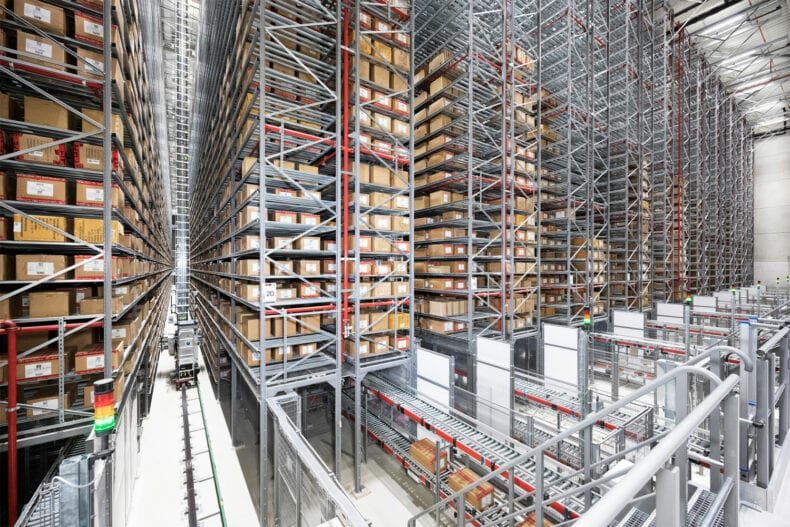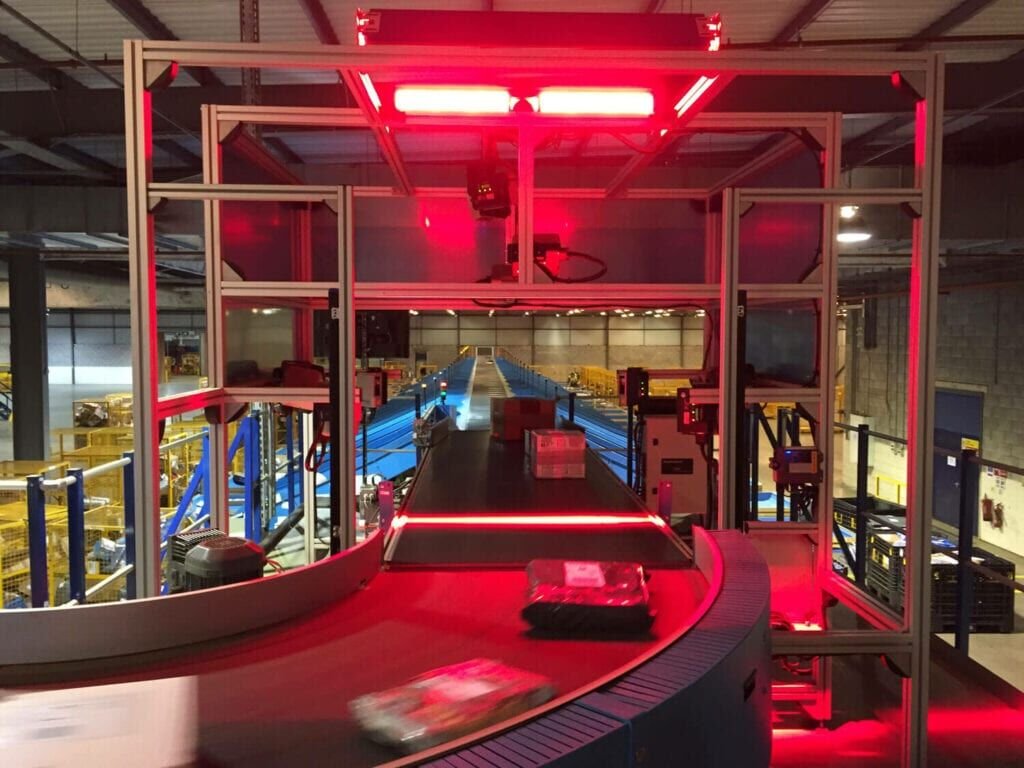1. Failing to Understand Your Needs
One of the most common mistakes when choosing a conveyor is not thoroughly understanding the specific requirements of your current operations. It’s important to look at every phase and task throughout the entire process, taking into account factors such as the types of materials being moved, including their size, weight, shape, fragility, and moisture content. Then consider the required throughput and speed of each process to ascertain what type of conveyor system is best suited to your needs. Environmental factors, such as temperature, humidity, and dust, can also impact productivity, safety, and the ability to meet industry regulations, particularly in the food or pharmaceutical sectors. A clear understanding of all these variables will guide you to a system tailored to your individual needs.
2. Ignoring Future Scalability
Many warehouse, logistics, and manufacturing businesses fail to account for scalability for future growth when designing their conveyor system. Investing in a system that meets only your current needs may not be sufficiently flexible to support growth and expansion plans and can lead to expensive modifications or replacements further down the line. It’s vital to ensure the selected conveyor system supports scalability and can be easily (and cost-effectively) adapted to handle increased demand or changes in product lines.
3. Overlooking Space Constraints
There are many different types of conveyor systems designed for simple or complex tasks, but most require adequate space for installation, safe operation, and maintenance. Assessing the warehouse or production facility space available for the conveyor system is fundamental. Spatial limitations not thoroughly investigated can result in inefficient layouts, material spillage, potential bottlenecks, or even safety hazards. Adequate space also ensures safety precautions can be implemented effectively, reducing risks associated with sharp edges or insufficient protective equipment.
4. Choosing the Wrong Conveyor Type
There are a wide variety of conveyor systems available, from belt conveyors for bulk materials to chain conveyors for heavy-duty applications, and each has its own strengths and weaknesses. For instance, belt conveyors are ideal for smooth and continuous movement, while roller conveyors are more suited for heavier or bulkier items. Incline and decline conveyors enable better space utilisation as goods can be transported to different levels, using the full height of the building. Modular conveyors offer exceptional flexibility for dynamic operations. Selecting the wrong type of conveyor system can significantly compromise efficiency, impact productivity, and increase maintenance needs.
5. Neglecting Maintenance Requirements
Whichever conveyor system you choose, all conveyors require regular maintenance to ensure maximum efficiency. Conveyor systems with unnecessarily complex designs or hard-to-replace parts can lead to extended downtime and loss of productivity. It’s important to allow for maintenance accessibility, service support, and spare part availability during your selection process. Implementing a regular maintenance schedule helps address common issues such as belt wear, material spillage, and sharp edges that could damage materials or pose safety risks.
6. Underestimating Energy Efficiency
Energy costs can add up over time, especially when operations run 24/7. Choosing an energy-efficient conveyor system not only reduces your operational costs but also supports sustainability goals. Systems with energy-saving features, such as variable speed drives, or energy-efficient models like 24v conveyors, use less power yet deliver on efficiency. Energy-efficient solutions also contribute to long-term operational savings and reduced maintenance costs.
7. Disregarding Safety Features
Safety should always be a top priority with any conveyor system solution. Conveyor systems designed to handle goods with minimal human intervention should include adequate safety features such as emergency stop buttons, guards, and sensors to minimise accidents and injuries. Additionally, ensure the conveyor system complies with industry safety standards. Proper maintenance and the inclusion of safety precautions help maintain a safe working environment.
8. Not Considering Integration with Existing Systems
A conveyor system rarely operates in isolation and is often part of a more complex automation solution. Consider how the new system will integrate with existing equipment and processes (both automated and manual). Systems that are not integrated effectively can lead to inefficiencies, misalignment, or increased downtime during installation. They can also impact future expansion requirements if the conveyor system is not designed with the wider business needs in mind. Integration is critical to ensuring smooth transitions and operational consistency.
9. Focusing Solely on Initial Costs
While initial cost is a factor, focusing solely on upfront investment can be misleading. It’s important to consider the total cost of ownership, which includes elements such as installation, energy consumption, maintenance and repair expenses, and potential downtime. Opting for a cheaper conveyor system may lead to higher operational costs and inefficiencies in the long term. Choosing a conveyor system expert ensures you get a solution designed for long-term value.
10. Omitting Vendor Research
Not all conveyor system suppliers offer the same expertise, knowledge, maintenance, and support. Take the time to find a reputable supplier with a proven track record of successful installations. A conveyor system expert can provide tailored solutions and excellent customer support. Omitting this step could result in suboptimal performance, increased costs, and challenges to existing or future processes.
Selecting the right conveyor system is critical to the efficiency and safety of your operations. By avoiding these 10 common mistakes, you can ensure smoother implementation and long-term success. Understand your needs, plan for future growth, and work with a trusted partner to find the best solution for your business.
